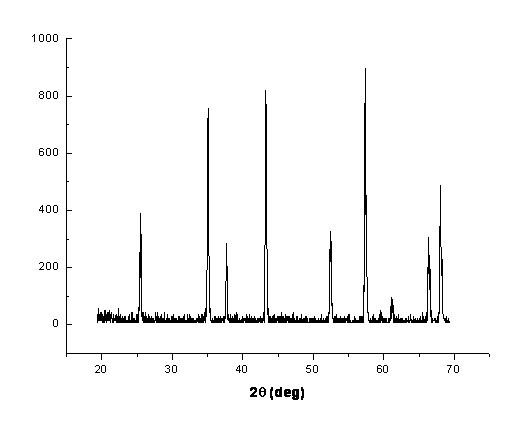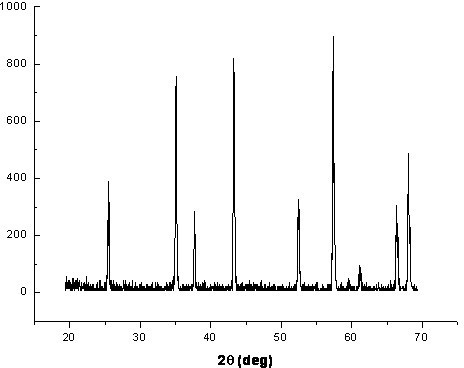Method for low-temperature rapid sintering of alumina-based transparent ceramics with high thermal conductivity through hot pressing
A high thermal conductivity, alumina-based technology, applied in the field of low-temperature hot pressing and rapid sintering of high-thermal conductivity alumina-based transparent ceramics, can solve the problems of insufficient heat dissipation, LED grain interface affecting luminous efficiency and luminous life, etc. Achieve good performance and effect, solve the effect of high sintering temperature and reduce sintering temperature
- Summary
- Abstract
- Description
- Claims
- Application Information
AI Technical Summary
Problems solved by technology
Method used
Image
Examples
Embodiment Construction
[0010] Further illustrate substantive characteristics and remarkable advantages of the present invention below by embodiment.
[0011] According to alumina + (lithium silica carbonate) [Al 2 o 3 +(0.4mol%SiO 2 0.4mol%Li 2 CO 3 )] for matching. Ceramics with a molar ratio of alumina: silicon dioxide: lithium carbonate = 0.992: 0.004: 0.004 were synthesized by hot pressing. Firstly, alumina is used as the raw material of the main formula, and the proportioning is carried out according to the formula, the materials are mixed, pulverized with a planetary ball mill, dried, and then the second batching is carried out, and the sintering aid lithium carbonate and silicon dioxide are added according to the above proportioning ratio. , then pulverize and add glue with a planetary ball mill, and then use a DC rapid hot-press sintering machine to heat at 1370°C for 2 minutes and pressurize 3t for sintering, then grind the sintered samples, and then perform performance tests and measu...
PUM
 Login to View More
Login to View More Abstract
Description
Claims
Application Information
 Login to View More
Login to View More - R&D Engineer
- R&D Manager
- IP Professional
- Industry Leading Data Capabilities
- Powerful AI technology
- Patent DNA Extraction
Browse by: Latest US Patents, China's latest patents, Technical Efficacy Thesaurus, Application Domain, Technology Topic, Popular Technical Reports.
© 2024 PatSnap. All rights reserved.Legal|Privacy policy|Modern Slavery Act Transparency Statement|Sitemap|About US| Contact US: help@patsnap.com










